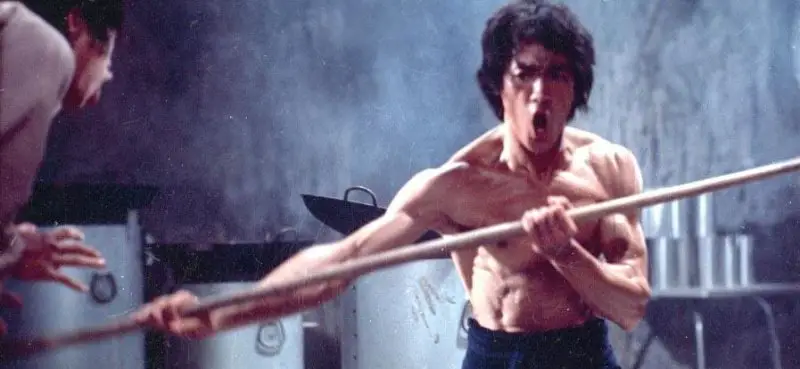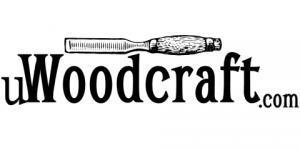
The Bo is one of the main types of staff in martial arts.
It is believed to have originated in Okinawa, Japan, where it was used as an alternative weapon.
Today, Bo staff has gained lots of popularity around the globe, and for a good reason.
The staff is a favorite weapon among karate practitioners.
Training with this legendary weapon is not only good for self-defense, but is equally great for conditioning your upper body.
Traditional Bo staffs were made of oak wood, however, modern versions are now made from a variety of hardwoods.
Contents
Bo Staff Woods Choice Factors
If you are looking to make a Bo staff on your own, choosing the best wood is your first challenge.
There are a lot of factors that will certainly influence the choice of wood you’ll use for your Bo staff.
If you want a Bo for sports competition, you will certainly want a fairly lightweight and shorter one that is easy to manipulate for tricks.
On the other hand, if you are going to use it for a traditional competition, a somewhat longer Bo which is also heavier is highly recommended.
In addition to strength and weight, you might want to consider the appearance of your Bo staff, especially if you are going to use it in competitions.
You want your competition Bo staff to have an impressive design that will draw attention to your performance.
Whatever features you are looking for in your DIY Bo staff, the following types of wood will certainly deliver the type of results you’ve anticipated.
Oak
Oak is the material of choice for traditional enthusiasts of Japanese martial arts.
Oak is a highly versatile wood that is suitable for both indoor and outdoor applications.
Thanks to its impressive durability, weather resistance, and reliable strength, this amazing wood is usually used in home and furniture construction.
Besides being exceedingly strong and durable, oak boasts an attractive color with a prominent grain.
What’s more, it is highly resistant to fungal attack.
It is also very resistant to wear and tear, and also boasts good moisture-resistant properties.
It also stains and finishes well.
However, it is imperative to note that oak is very heavy and as such, is not a great choice for those who are just beginning to master the Bo staffing trade.
Hickory
Hickory is one of the most versatile woods, and is usually associated with our pioneer past but has retained its appeal even in modern times.
Considering all its advantages, its impressive economic history, and very few limitations, hickory would be an ideal wood for a traditional Bo staff.
It is a highly durable wood that is especially suited to withstand extreme weather, making it a highly sought after wood species.
Hickory is very heavy, exceptionally strong, and shock-resistant, but highly flexible with a coarse and straight grain.
Being an impressive hardwood, hickory accepts stains and adhesives readily and will equally finish to a lustrous shine.
However, it is imperative to note that hickory can be hard to work with, and tends to split, and it is highly recommended that woodworkers seal the ends of the wood to avoid this problem.
Ashwood
This is another great wood that martial artists can use to make a Bo staff.
It is a light-colored, smooth-grained hardwood that is also robust and sturdy enough to withstand the physical demands of a Bo staff.
With its beautiful straight-grained and beige-to-light-brown hue, ash wood is a fantastic option for those looking to craft a fine Bo staff.
And if you are looking for durability, ash wood has got you covered as well.
It is one of the most durable wood varieties available and has a rich history in American furniture making.
It is durable, aesthetically pleasing, and lightweight and absorbs wood stains fairly well.
And its characteristics as a shock-resistant and lightweight wood material have made is a strong candidate for tool handles, baseball bats, restaurant furniture, and of course, Bo staffs!
Maple
If you are an established martial artist, you definitely don’t want to train with a lightweight Bo staff!
You want some heft to your Bo, simply because that is how you train your muscles as well as the fine motor skills you need in a real-life situation, and maple fits the bill.
Maple is not only relatively affordable, but is equally heavy, strong, and highly durable.
It has a uniform color and stains and finishes pretty well. Maple is resistant to scratches.

Good, day. What about Jatoba or bloodwood for a bo staff? Any knowledge or experience you can provide concerning these species of woods? Please E-mail me with your response.
Thank you for your time and consideration.